For information about specific transportation industries, such as the automobile, rail transportation or the aviation industry, see Finding Industry Information: A Research Guide. The databases listed from the Industry Overviews tab are particularly helpful for gaining a basic understanding of the industries.
For journal articles about transportation, use the Journal Articles tab, above.
 After the Car
by
Dennis Kingsley and John Urry
After the Car
by
Dennis Kingsley and John Urry
 The Great Society Subway: A History of the Washington Metro
by
Zachary M. Schrag
The Great Society Subway: A History of the Washington Metro
by
Zachary M. Schrag
The following list is a sample of books available in the University Libraries. To find more items, use the Libraries' online catalog, linked on the left.
Automobile Transportation:
Two Billion Cars: Driving Toward Sustainability, by Daniel Sperling and Deborah Gordon. Oxford, UK : Oxford University Press, 2009. The authors provide a history of the rise in popularity of the automobile and an overview of the oil and car manufacturing industries. The book explores research into lower carbon fuels, improvements in transportation planning, and changes in our travel behavior to mitigate the environmental impacts of the car. [ULIB HE 5611 S67 2009]
Clean Car Wars: How Honda and Toyota are Winning the Battle of the Eco-friendly Autos, by Yozo Hasegawa. Singapore: John Wiley & Sons, 2008. This book offers insights into the Japanese car industry, its research and development in producing greener products, and its future direction. [ULIB HD 9710 J34 T62174513 2008]
Intelligent Freeway Transportation Systems: Functional Design, by Robert Gordon. Covers the design, development and evaluation of intelligent transportation systems. [ULIB]
The Road More Traveled: Why the Congestion Crisis Matters More than You Think, and What We Can Do About It, by Ted Balaker and Sam Staley. Lanham, MD: Rowman & Littlefield, 2006. The authors argue that it is possible and desirable for cities to "build their way out of congestion," by looking at examples of road building projects from around the world. [ULIB HE 336 C64 S73 2006]
Air Transport:
Airline: Identity, Design and Culture, by Keith Lovegrove. London: Laurence King, 2000. Documents the evolution of air travel through photographs and text. [ULIB HE 9774 L68X 2000]
Aviation Infrastructure Performance :A Study in Comparative Political Economy, Clifford Winston, Ginés de Rus, eds. Washington, D.C.: Brookings Institution Press, 2008. Comparison of how countries have managed airports and air traffic control to address congestion and air travel safety and the ability of airports to match the needs of travelers. [DEWEY HE 9797.4 E3 A95 2008]
Railways:
A Century of Subways: Celebrating 100 Years of New York’s Underground Railways, by Brian J. Cudahy. NY: Fordham University Press, 2003. Traces the history of New York's subway system. [SCIENCE TF 847 N5 C73 2003]
Metropolitan Railways: Rapid Transit in America, by William D. Middleton. Bloomington: Indiana University Press, 2003. It traces the history of rail transit technology from such impractical early schemes as a proposed steam-powered "arcade railway" under New York's Broadway through today's sophisticated systems. Rapid transit enthusiasts as well as residents of cities that are potential candidates for rapid transit or light rail systems will find this book indispensable. [ULIB Oversized HE 4500 M53 2003]
New Departures: Rethinking Rail Passenger Policy in the Twenty-first Century, by Anthony Perl. Lexington: University Press of Kentucky, 2002. Perl examines the factors contributing to the success of European and Japanese high-speed rail passenger rail systems in the context of how they could be applied to North America. [DEWEY HE 2583 P47 2002]
Water:
Flagging Standards: Globalization and Environmental, Safety, and Labor Regulations at Sea, by Elizabeth R. DeSombre. Cambridge, MA: MIT Press, 2006. This book looks at the impact of globalization on environmental, safety, and labor standards in the shipping industry. [ULIB HE 581 D47 2006]
The Box: How the Shipping Container Made the World Smaller and the World Economy Bigger, by Marc Levinson. Princeton, NJ: Princeton University Press, 2006. Examines the history of containerization, which reduced shipping costs so tramatically that businesses could outsource manufacturing far from customers. [SCIENCE TA 1215 L47 2006]

